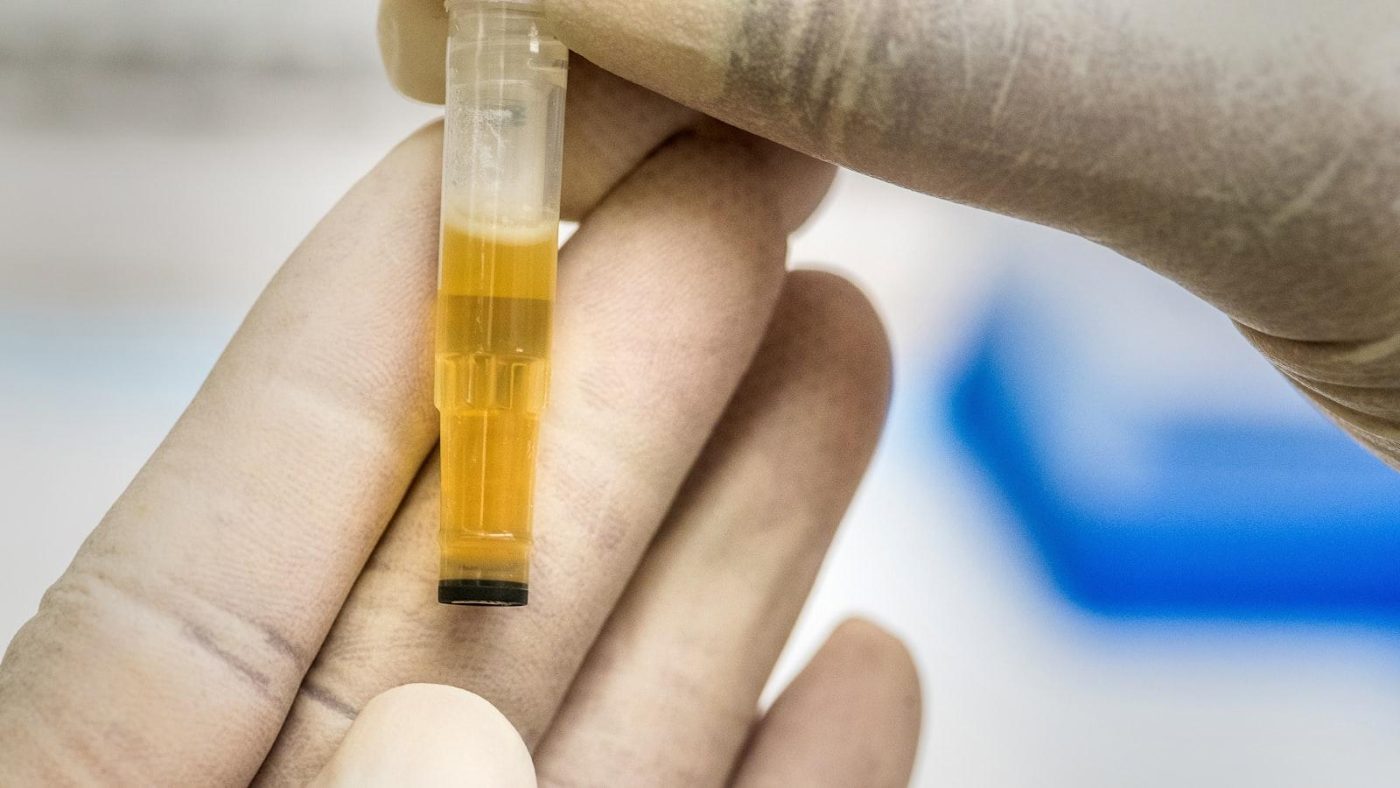Title: Manual Tester Salary Projections: What to Expect in the Industry
Introduction:
If you are considering a career as a manual tester or are already working in the field, understanding salary trends is essential for your professional growth. In this article, we will delve into manual tester salary projections, taking into account various factors that influence compensation in the software testing industry. Whether you are a beginner looking to enter the field or an experienced professional seeking a raise or career advancement, this article will provide you with valuable insights into what to expect in terms of salary.
Manual Tester Salary Projections:
- Average Salary Range:
The average salary for a manual tester can vary based on factors such as location, years of experience, and the size of the company. As of 2021, the average salary for a manual tester in the United States ranges from $50,000 to $80,000 per year. However, this figure can be higher or lower depending on the specific circumstances.
- Factors Influencing Salary:
- Experience: Experienced manual testers with several years in the industry can command higher salaries due to their expertise and knowledge.
- Location: The cost of living in different cities and regions can impact salary levels for manual testers. For example, manual testers working in tech hubs like Silicon Valley or Seattle may earn higher salaries compared to those working in smaller towns.
- Company Size: Manual testers working for large multinational corporations may receive higher salaries and additional perks compared to those working for smaller companies or startups.
- Salary Growth Opportunities:
- Certifications: Obtaining relevant certifications in testing methodologies or tools can lead to salary increases for manual testers.
- Advancement: Moving into managerial or senior testing roles can also result in higher salaries for manual testers.
- Industry Demand: As the demand for skilled manual testers continues to grow, salary projections for the field are expected to rise in the coming years.
- Case Studies:
- Company A: A manual tester with 5 years of experience in Company A in New York City earns $70,000 per year.
- Company B: A manual tester with 3 years of experience in Company B in San Francisco earns $75,000 per year.
Benefits and Practical Tips:
- Join professional associations like the International Software Testing Qualifications Board (ISTQB) to enhance your skills and marketability.
- Stay updated on the latest trends and technologies in software testing to remain competitive in the industry.
- Negotiate your salary based on your experience, skills, and the value you bring to the organization.
Conclusion:
In conclusion, manual tester salary projections are influenced by various factors such as experience, location, and company size. By staying informed about industry trends and continuously improving your skills, you can position yourself for salary growth and career advancement in the software testing field. Whether you are a beginner or a seasoned professional, understanding salary trends will help you make informed decisions about your career path in manual testing.
Remember, salaries are not set in stone and can be negotiated based on your qualifications and the value you bring to the organization. Keep learning, growing, and exploring new opportunities to maximize your earning potential as a manual tester in the ever-evolving tech industry.
By incorporating these insights into your professional journey, you can navigate the world of manual testing with confidence and set yourself up for long-term success in this rewarding and dynamic field.










